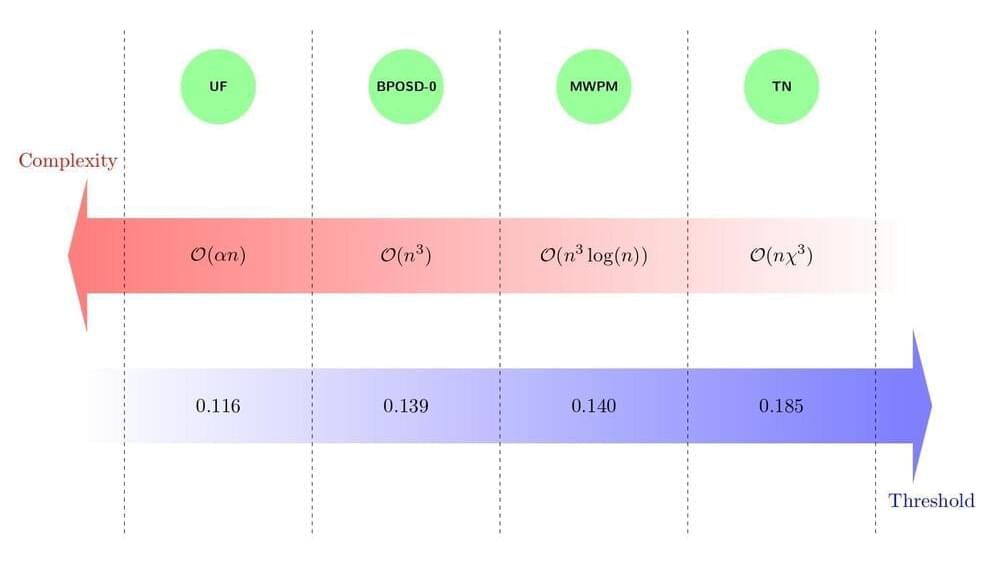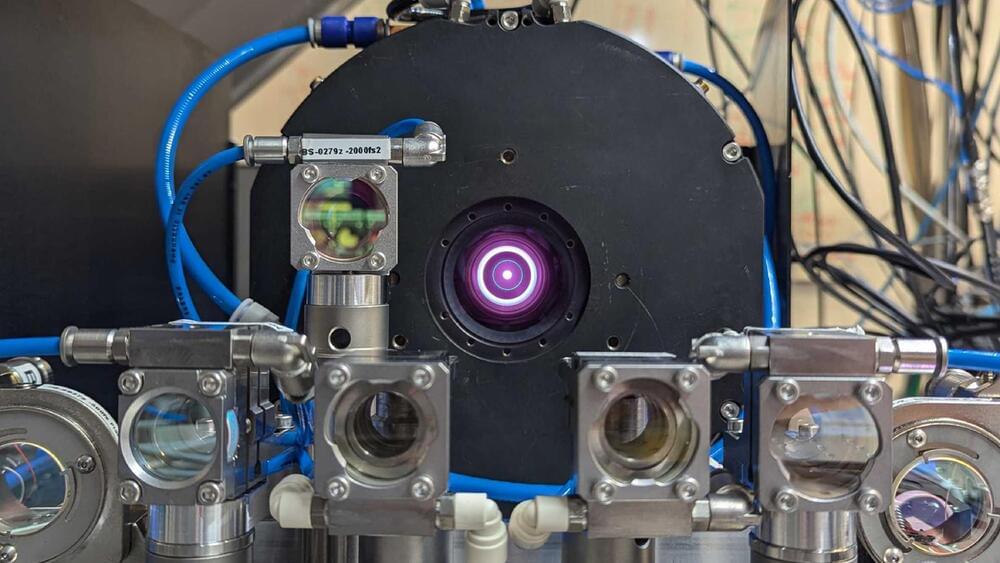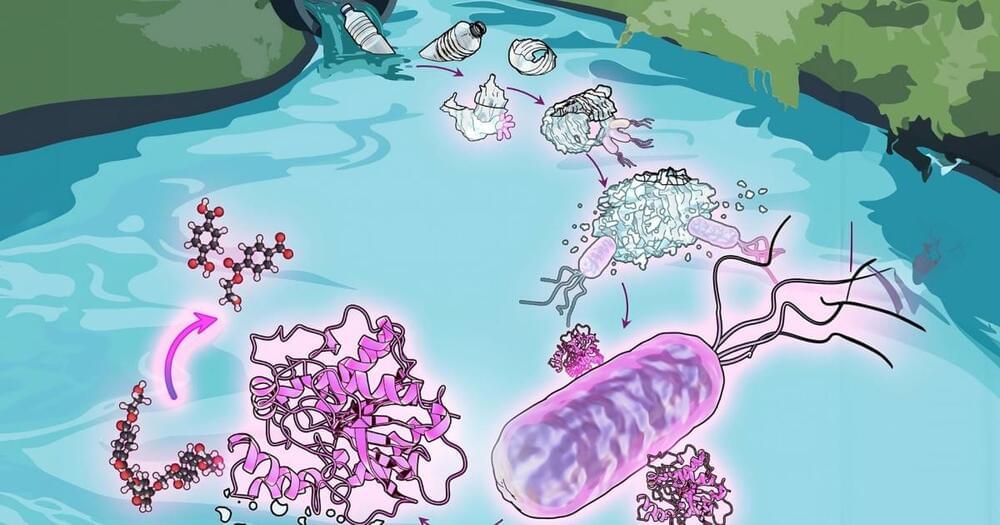Now in Quantum: by Antonio deMarti iOlius, Patricio Fuentes, Román Orús, Pedro M. Crespo, and Josu Etxezarreta Martinez https://doi.org/10.22331/q-2024-10-10-1498
Antonio deMarti iOlius1, Patricio Fuentes2, Román Orús3,4,5, Pedro M. Crespo1, and Josu Etxezarreta Martinez1
1Department of Basic Sciences, Tecnun — University of Navarra, 20,018 San Sebastian, Spain. 2 Photonic Inc., Vancouver, British Columbia, Canada. 3 Multiverse Computing, Pio Baroja 37, 20008 San Sebastián, Spain 4 Donostia International Physics Center, Paseo Manuel de Lardizabal 4, 20018 San Sebastián, Spain 5 IKERBASQUE, Basque Foundation for Science, Plaza Euskadi 5, 48009 Bilbao, Spain.
Get full text pdfRead on arXiv VanityComment on Fermat’s library.






